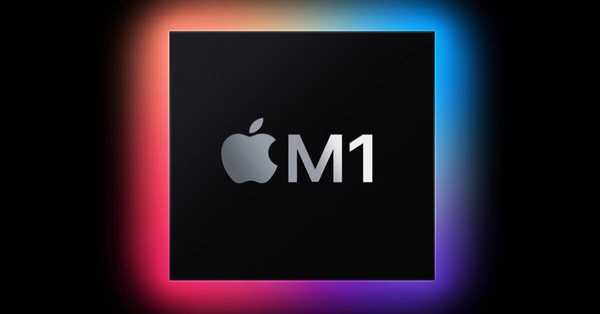Apple Updates Platform Security Guide to Highlight Changes Coming With M1 Chip
As indicated by a report distributed by Mac security analyst Patrick Wardle, the new malware has been custom-made and recompiled to run locally on the M1 chip. Wardle found that the initially known local M1 malware as a Safari adware augmentation. This was initially made to run on the Intel x86 based chips from the Cupertino based goliath. The malignant augmentation is named "GoSearch22" and is a known individual from the "Pirrit" Mac adware family.
This augmentation was additionally first spotted toward the finish of December a year ago. For those unconscious, Pirrit is one of the most established and most dynamic Mac adware families that have been found on the stage, which has continually been adjusting to dodge recognition. Along these lines, it wouldn't have been long until the malware to make it to the new Macs. The GoSearch22 adware shows up as a real Safari program augmentation, which tracks and gathers clients' information and serves an enormous number of advertisements like pennants and popups.
Making its presentation before the end of last year on the new MacBook Pro, MacBook Air, and Mac Mini, the new ARM-based M1 chipset has been lauded for offering astounding execution contrasted with Intel's comparable chipsets. The change to ARM permitted Apple to move away from Intel's x86 engineering from 2005 and coordinate certain security includes right onto its processors. This design change has constrained engineers to make more up to date forms of their product to run locally on the M1 chipset as opposed to decipher them through Apple's Rosetta 2 emulator. Obviously, makers of malware have additionally adjusted to this change, as per a report by Wired.
Mac today refreshed its Platform Security Guide to feature the key security transforms it has actualized on its items, including the iPhone, iPad, and the Mac. The refreshed record is the greatest ever — almost a 200-page complete specialized guide — enumerating the highlights Apple uses to secure client gadgets and information across all stages. One of the progressions that the most recent correction brings to Apple's Platform Security Guide is the expansion of all the significant security changes accessible through Apple M1 chip that was presented a year ago.
The refreshed Platform Security Guide by Apple has been reconsidered more than 10 months after its last update. It covers iOS 14.3, iPadOS 14.3, macOS Big Sur 11.1, tvOS 14.3, and watchOS 7.2.
Apple has added 11 new themes to its most recent Platform Security Guide that for the most part cover key security changes accessible to Mac clients through its local silicon: the Apple M1. The guide covers security components that are set up to give a safe boot measure on the new Mac machines. It likewise discusses the authorization prerequisites for empowering portion augmentations on Apple PCs dependent on the M1 chip. Nonetheless, security scientist Patrick Wardle as of late recommended that the Apple M1 Mac machines are likewise not completely gotten and require some fixes that could get through a future programming update.
The adware masks itself as a real Safari program augmentation. All the while, it gathers client information and instigates countless advertisements, including flags and popups that connect to pernicious sites overflowed with more malware. It is critical that GoSearch22 was endorsed with an Apple Developer ID in November 2020, yet its testament has been disavowed from that point forward. Further, Wardle proposes that the malware for the M1 is at a serious beginning phase, and the marks used to distinguish dangers from malware on the M1 chip have not yet been noticed generally. Consequently, it is futile to utilize antivirus scanners and cautious devices as the vast majority of them battle to handle the revised records accurately. GoSearch22 isn't the solitary M1 malware, as scientists from the security organization Red Canary recommend that there are all the more such pernicious bits of programming at present being examined, published by - The Beyond News (Technology)
